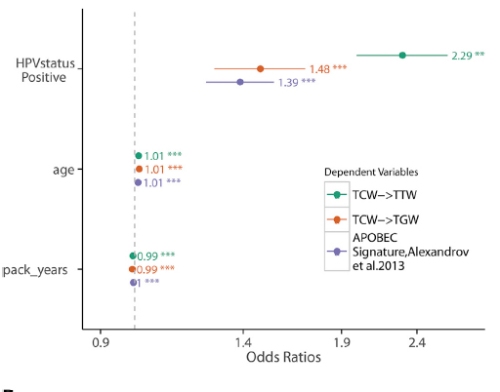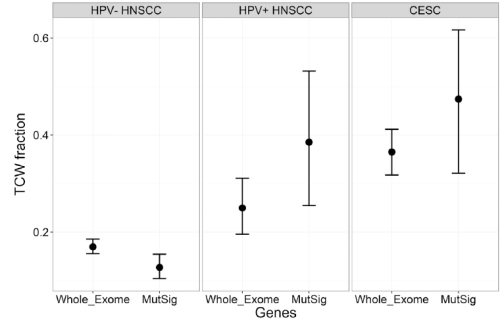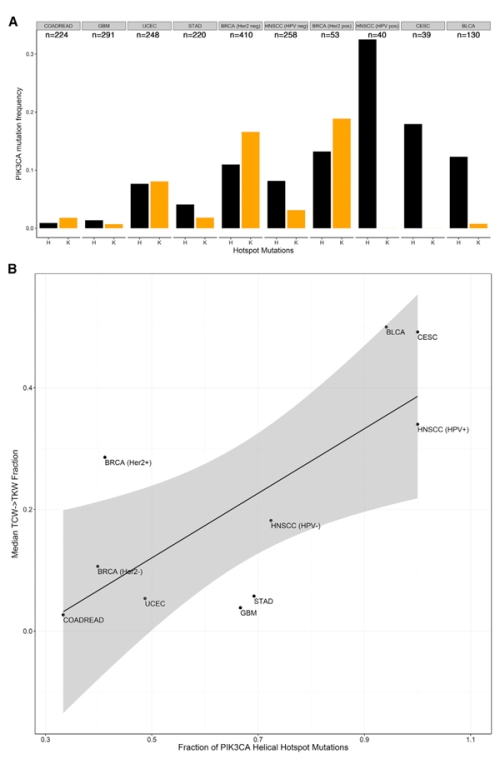In my experience, it is common on the internet to find conspiracies abound surrounding seemingly suppressed cures for cancer, and these usually take the forms of “there is money for big pharma in suppressing cures” or “there is too much money in cancer research to permit the development of cures”. There are not only multiple problems with the notions above, but also with the very notion of a single cure for cancer.
To be fair, we do have an excellent chance at curing a significant proportion of cancers, and these are usually dealt with through surgery, or radiotherapy, and in at least some conceptions, they would qualify as single cures in cancer. It is mostly in the setting of metastatic disease that challenges remain, because chemotherapy, while it is curative for some cancer patients (or many in the setting of certain cancer types), may be at best palliative for others; and it is in this area that we have had a string of disappointing failures in cancer therapy.
What I am going to do next is examine some of the claims above in more detail and introduce (some of) the relevant findings from the field.
The claim that “there is money or big pharma in suppressing cures”.
Now quite simply, the problems we have with cancer drugs, including old ones that are off-patent, and many of the new targeted ones, is that they all seem to work for a while and eventually fail for biological reasons that I will explain later. Some of these drugs also tend to not be approved by NICE in the UK, for instance, because the benefit of the limited time they work for is deemed as not justifying the cost to the healthcare system. This would suggest that trying to sell stuff that isn’t effective is a massive disincentive to pharma companies.
Second, dead patients don’t make profits for the pharma companies involved – at the very least that would suggest that pharma companies depend on drugs that kept patients alive for long periods of time. That there are such problems finding drugs that can reliably do this is actually indicative of an underlying biological problem that also underlies why the notion of a single cure outside surgery/radiotherapy is very flawed.
Third, there are instances where some cancers can be effectively targeted with good probability of a cure. Even if these oft-curative drugs were developed by academia, pharma companies have been more than willing to invest in them and commercialise the platform – suggesting that should the option arise, even big pharmaceutical companies will invest in cures, not least because it significantly increases the chance the product will be profitable upon approval by socialised healthcare systems going by the increased benefit that cures provide relative to costs, which means these drugs can expect to be approved even if the price-tag is significantly higher compared to a drug that is cheaper but is relatively that much more ineffective.
An example for this is the development of CAR T-cell therapy for some B-cell leukaemias and lymphomas, wherein this therapy effectively eliminates the cancer in 50% of the patient population, which consists of those that stopped responding to or failed to respond to every prior therapy ( https://www.cancer.gov/news-events/cancer-currents-blog/2017/yescarta-fda-lymphoma ).
The problem with the notion that there is a singular cure for cancer.
First, it is imperative to know what cancer is – far from being a single disease, it is a collection of diseases that all share similar hallmarks, namely – the ability to multiply abnormally without requiring external signals, and if external signals that stop normal cells from dividing are present, not pay heed to them, the failure to undergo apoptosis (a form of cell death), immortalisation, which is the ability to divide indefinitely in permissive conditions unlike normal cells, angiogenesis, where tumours induce the formation of blood vessels so they can establish a bloody supply and finally, and most critically, metastasis; the ability to spread through the body and colonise other sites in the body, which is incidentally what is thought to kill patients.
Recent additions to this set include altered cell metabolism; changes in how cancer cells generate energy, inflammation; a molecular response to wounds and injuries in normal cells that goes wrong and promotes cancer metastasis and genome instability – being prone to mutations and other structural aberrations that generate the complexities of cancer genomes. (Reference – http://www.cell.com/cell/fulltext/S0092-8674(11)00127-9 )
More to the point, these hallmarks are acquired in different cancer patients through the development of distinct mutations, or epigenetic changes, to the point that two people’s cancers may be entirely different, as well described by the genomics profiling efforts of The Cancer Genome Atlas (List of TCGA publications here – https://cancergenome.nih.gov/publications ) . This is akin to how two different infections may be caused by two different germs altogether, and what works to treat one may not work for another. This is fundamentally incompatible with one cure for all cancers, just like how you cannot have one drug for all microbial infections.
To summarise –
*because* there are many ways to make a cancer, and *because* there is much variation within individual cancers and across individual cancers, it is nigh on impossible to have a single cure for cancer; outside surgery and radiotherapy. As a case in point, even the development of cancer vaccines is now punctuated by seeking to exploit this in order to develop vaccines individually tailored to the antigenic mutations present in a patient (https://www.nature.com/articles/nature23093)
The problem of intratumour heterogeneity
Differences that exist between cancers in different patients are just one part of the problem when it comes to the notion of a singular cure for cancer. The other problem is intratumour heterogeneity, or differences within the cells that are in a tumour. Due to the inherent genomic instability of cancers, mutations and other alterations are generated throughout the growth of a tumour from the original cancer cell in the cells descended from it. As a consequence, many of these genomic alterations are found only within subsets of cells within a tumour.
The implications of this is two-fold. First, if a cancer is treated using a drug that only targets an alteration found within a proportion of cancer cells, it will be ineffective against the rest of the tumour, and as sensitive cells are eliminated, and resistant cells take over the tumour, the therapy will fail and a tumour will expand. One of the major issues we have currently with many of our drugs is that they are very good at blocking their targets, but not all cancer cells can be targeted.
Secondly, there is the problem of resistance evolving – if there is a small proportion of cells within the tumour that carry other alterations that confer resistance to the drug, they take over the tumour as the drugs in question kill off the sensitive cells, and therefore, this produces a tumour that is resistant to the drug in the end (and this is the major problem we have with targeted therapies failing). Indeed, from McGranahan and Swanton , I quote ( http://www.cell.com/cell/pdf/S0092-8674(17)30066-1.pdf ).
“During the selection pressures of targeted therapies, parallel evolution driving polyclonal-acquired drug resistance has been frequently documented. For example, in 13 out of 16 patients with BRAF mutant melanomas with resistance to RAF inhibition, multiple parallel mechanisms of resistance were observed (Shi et al., 2014). Likewise, following EGFR monoclonal antibody therapy, multiple KRAS mutations have been observed in circulating free DNA (Bettegowda et al., 2014; Misale et al., 2012). One patient acquired a codon 12 KRAS, codon 61 KRAS, and a codon 61 NRAS mutation together with a BRAF codon 600 mutation following acquired resistance to EGFR monoclonal antibody therapy that were not detectable prior to therapy (Bettegowda et al., 2014). Following acquired resistance to a PI3K alpha inhibitor, Juric et al. (2015) found parallel evolution of six distinct PTEN aberrations across 10 metastatic sites on the background of a clonal single copy PTEN deletion, reminiscent of second hit tumor suppressor gene loss following an early clonal event witnessed in So breast and renal cancers”.
This fundamentally means that any drug is not always likely to be effective *enough* against individual cancers to completely eradicate it, and that is the challenge we are constantly up-against.






